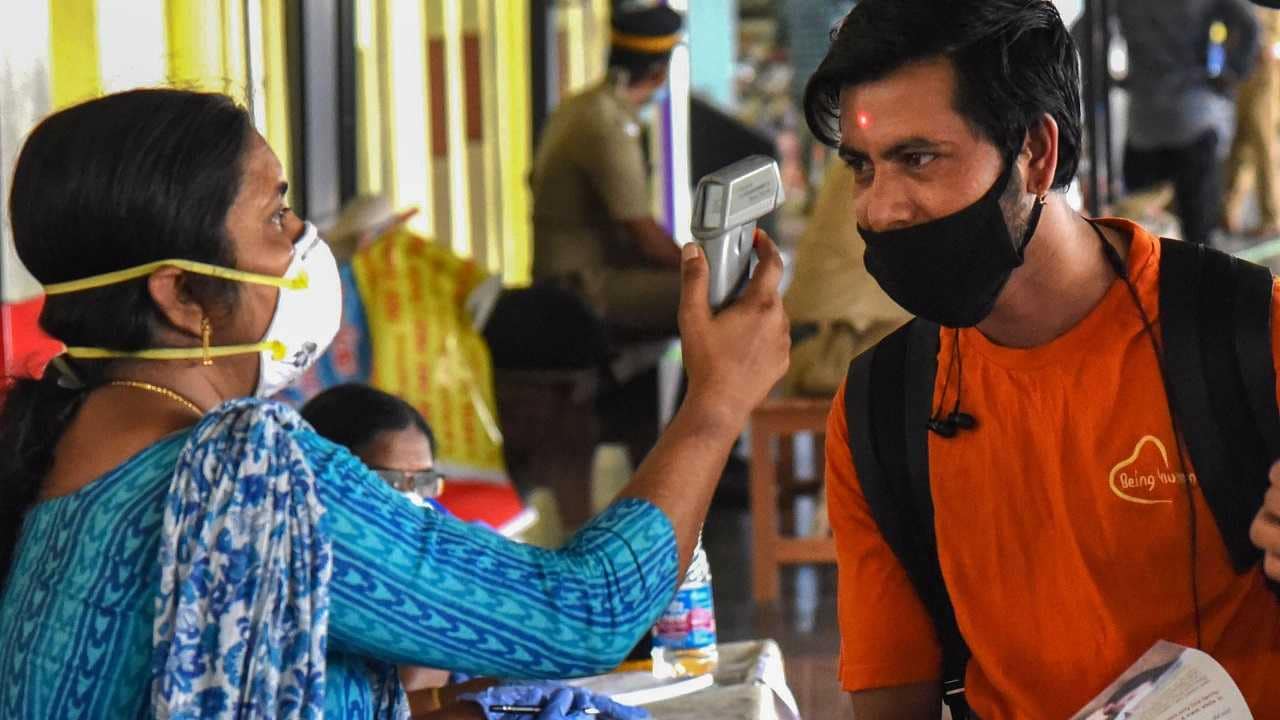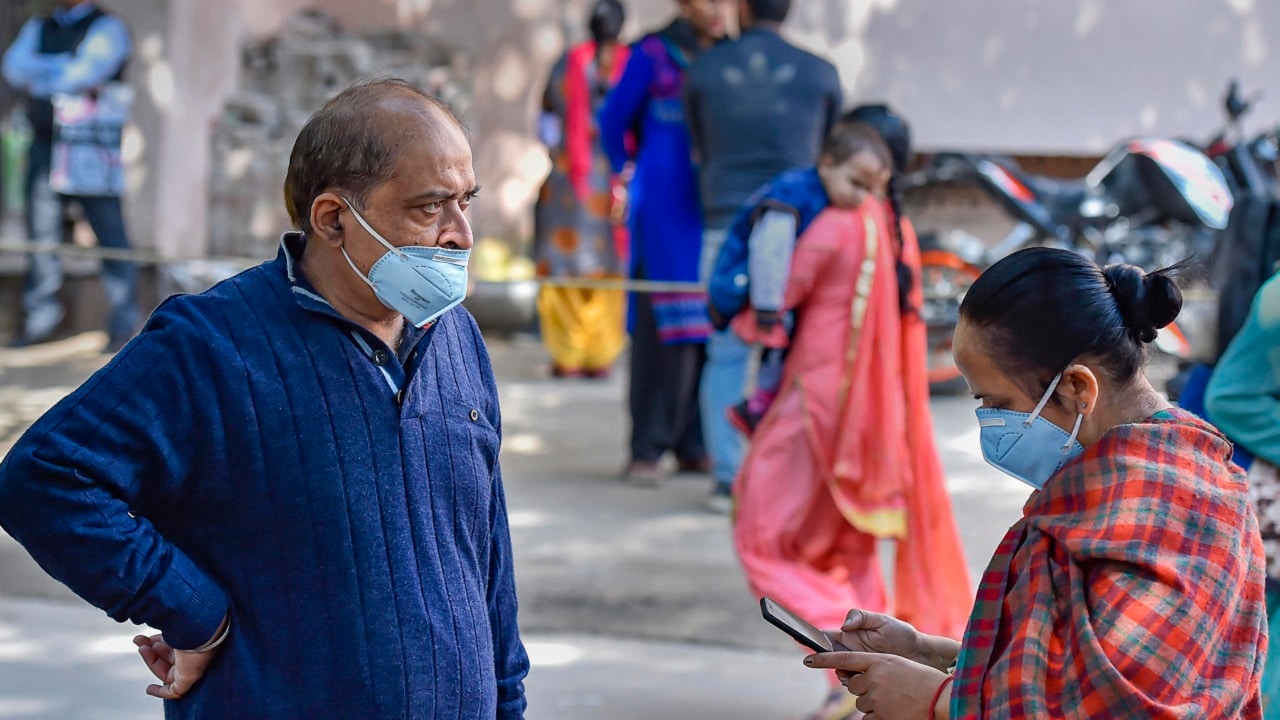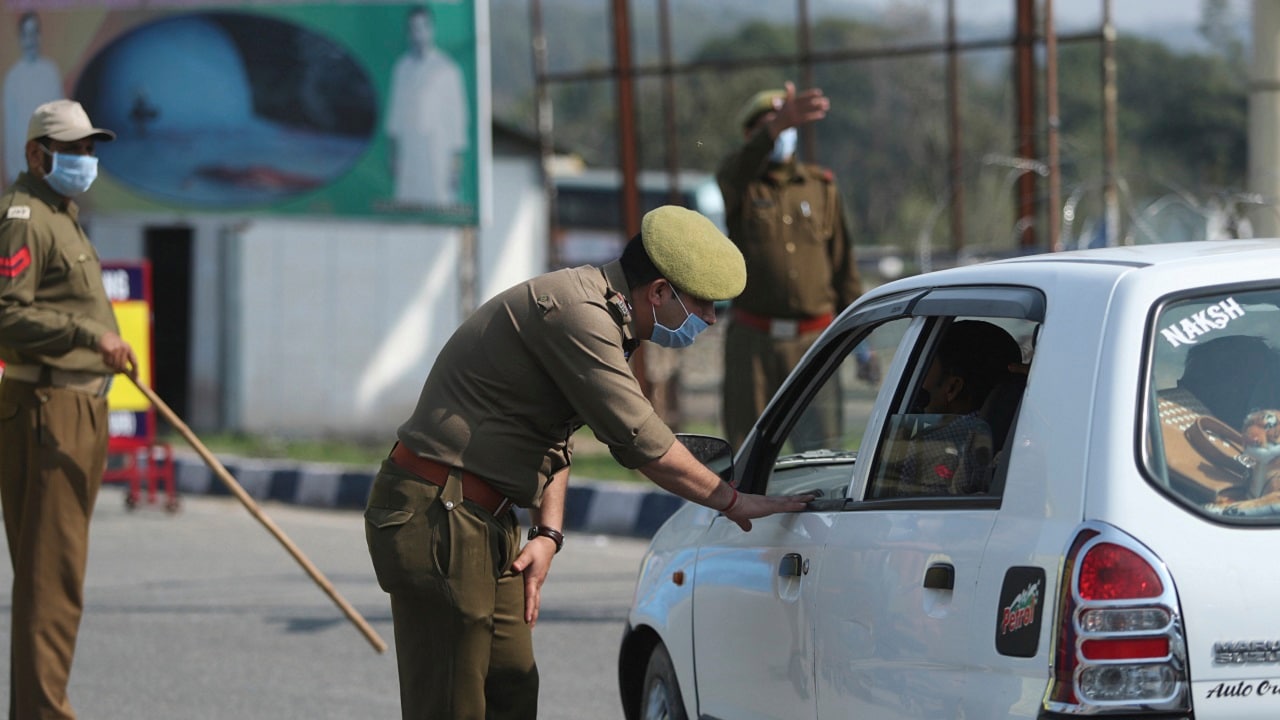By Puja Changoiwala
About a week after returning from Thailand on 4 March, 26-year-old television producer Rajlakshmi Upadhyaya visited the government-run Kasturba Hospital in Mumbai to get herself tested for possible COVID-19 infection. After being admitted for the day while waiting for the test results, she noticed two big bags of garbage inside the makeshift coronavirus ward. The bathroom was unclean, and she had to walk on dirty floors to get to it. It was five hours before she could get water, and when the food arrived — rice, lentils, and beans — she glanced at it and decided against eating it.
As Upadhyaya awaited her test results, she was given some tablets. When she asked what they were, she was told not to worry, and not to ask questions. Having lived in Mumbai for a while, the rundown condition of the government facility did not alarm her. But she said she noticed a Spanish girl who was “definitely uncomfortable.” The girl did not want to sit on the hospital bed, or use the sheets, and stayed on her feet for more than 11 hours.

Complaints of unhygienic conditions in state-run hospitals have lead to many patients escaping from the hospitals and increasing the chances of them spreading the disease. Representational image. PTI
The ward housed 20 to 25 suspected patients, who were kept two beds apart, according to Upadhyaya. “That’s just stupid because even if one of us is infected, there’s the fear of infecting others,” she said. When her test results arrived, they were negative. The hospital prescribed some medicines, she said, “but did not specify how many times I was supposed to take them, or what they were. I was really happy to just leave, so I didn’t bother.”
As the COVID-19 pandemic begins making its way through India — the country has documented 358 deaths and more than 10,500 confirmed cases so far according to the Johns Hopkins University Coronavirus Resource Center, though these are sure undercounts — reports of overcrowding and unsanitary conditions in state-run testing and quarantine centres have been multiplying. Patients with COVID-19 symptoms, many who had previously travelled abroad, are reportedly abandoning state-run isolation wards — including 11 patients who fled from a government facility in Navi Mumbai. This could help the virus spread, further threatening the country’s already inadequate public health infrastructure.
Until recently, India had only 111 COVID-19 testing centres to handle a population of 1.35 billion people. The number of beds in government-run quarantine facilities across the country, meanwhile, is about 60,000. As a result, most patients have been relying on understaffed and underfunded state-run facilities like Kasturba Hospital for COVID-19 diagnosis and treatment.
Faced with a looming surge of COVID-19 cases, the government recently urged private hospitals to begin admissions and roped in 35 private laboratories across the country to conduct coronavirus tests. This came after Prime Minister Narendra Modi, on 23 March, announced a 21-day national lockdown to contain the spread of the virus. Presumably aware of the plight of the public health care system, Modi also committed $ two billion to boost infrastructure through increased availability of testing facilities, isolation beds, ICU beds, ventilators, and other necessary tools.
And the government is taking a no-holds-barred approach to containing the pathogen: In India’s first police complaint registered over the pandemic, a man in Agra was charged for a “negligent and malignant act to spread infection of disease dangerous to life.” The man had refused to share his daughter’s whereabouts with medical authorities a couple of days after she allegedly tested positive and fled from a state-run hospital, partly due to its unhygienic conditions, although a relative disputed the account. The charge can lead to two years in prison.

Patients have been relying on understaffed and underfunded state-run facilities for COVID-19 diagnosis and treatment. Representational image. PTI
But many Indians have taken to social media, sharing pictures of abysmal conditions at government facilities, including choked, overflowing toilets and the absence of medical personnel to guide patients through diagnosis and treatment. An online petition, which called out the unhygienic conditions in quarantine centres across the country, garnered more than 100,000 signatures. Rhea Bhalla, who was quarantined at a government facility in New Delhi after returning from Spain on March 16, wrote: “The most difficult part of the night was not being able to use the washroom. I felt tortured, like a prisoner. When I demanded that we should at least be given water to drink, they asked us to drink directly from [bathroom] taps which had no water in them.”
Mahrokh Irani, a research associate at the Harvard T.H. Chan School of Public Health, wrote in an email to Undark that India’s public health system is chronically plagued by poor sanitation, nutrition, drinking water, and access to care. “It is a disaster in the making,” she wrote, adding that the “system is not prepared to handle the full onslaught of Covid-19.”
“Many hospitals in India are already overcrowded, understaffed, and lack resources,’’ she added. “In addition to this, the public trust in the system is low and from my experience, people are already hesitant to access the public health system. Sick people are not going to come forward because they are not convinced that the system can help them if they are unwell.”
According to the most recent government data, India spent only 1.28 percent of its GDP on health in 2017-18, compared to nearly 18 percent in the United States, and far lower than neighbouring countries, including Indonesia (1.4 percent) and Sri Lanka (1.68 percent). Global health experts say that given the paltry expenditure, India does not have the infrastructure or financial capability to tackle a large public health disaster. There are also severe shortages of medical staff and supplies throughout India, which further limits access to care, said Irani.
“India lacks universal health coverage,” wrote Irani. “Private spending is shockingly high — out of pocket expenditure is a whopping 70 percent of total spending. Millions of Indians are faced with impoverishment every year because of catastrophic health care costs.”
She added that India does have some “world-class speciality institutes that provide great quality care.” However, the cost is too high for the vast majority of the population: “In my opinion, this is only exacerbating the economic disparity and creating a wide chasm within the fabric of society.”
Anant Bhan, global health, bioethics and health policy researcher affiliated with the Kasturba Medical College in Manipal, said that although India does not have as many positive COVID-19 cases as some other countries — including more than 172,000 in Spain and more than 582,000 in the United States — the situation could rapidly escalate and overburden the health care system. It could worsen even further if suspected COVID-19 patients continue to flee state-run hospitals, increasing the threat of wider infection.
“We don’t have that scale of availability of patient beds or ICU beds, or ventilators, which might be required if the worst-case scenario happens,” said Bhan. “We actually might not have enough even in the private sector, even if we try to involve them.”

India spent only 1.28 percent of its GDP on health in 2017-18 far lower than neighbouring countries, including Indonesia (1.4 percent) and Sri Lanka (1.68 percent). Representational image. PTI
“The public health system in India is anyway under-resourced, both from infrastructure and staffing sides — it could be a double-whammy in that sense,” said Bhan, adding that routine health care functions are also likely to be affected when resources are diverted to COVID-19 treatment. “If suddenly there are shortages of medications, we could also see downstream repercussions which are not COVID-19-related, but are probably due to the health system being overstretched.”
Testing is another major concern. As of April 5, India had performed a little over 100,000 tests — a rate of nearly 47 tests per million people compared with 4,572 tests per million in the U.S., 2,753 tests per million in the U.K, and 8,800 per million in South Korea. “At present, India is not adequately testing to identify new cases, which might be masking the true number,” wrote Irani.
India’s health care system has evolved by default rather than design, said Srinath Reddy, president of the Public Health Foundation of India, a nonprofit health initiative. This, he said, is primarily because the Indian government has incentivized the private sector over the public health system over the past few decades.
The government’s decision to encourage private sector expansion has attracted the investment of $3.4 billion from private equity investors between 2007 and 2017. Although private health care costs four times more than public health care in India, 72 percent of the population in rural areas and 79 percent in urban areas use private health care services, which are seemingly more reliable. According to a survey of 184 nations, Indians stood sixth among the biggest out-of-pocket health spenders in the low-middle income group of 50 nations in 2014.
To control the Covid-19 pandemic, India must follow in the footsteps of Spain, which recently nationalized its private hospitals, said Dr Yogesh Jain, co-founder of the Jan Swasthya Sahyog, a nonprofit focused on improving public health in rural parts of the central India state of Chhattisgarh. The country is “sitting on a volcano,” he warned.
“Even things like giving kits to the private sector is an abdication of the state’s responsibility to manage an epidemic like this,’’ he added. “Epidemics are crisis points where you can reinvent yourselves and make it better for the future.”
Despite its overstretched public health care system, India did succeed in defeating polio and managing the recent outbreak of Nipah virus, which claimed 17 lives in the southern Indian state of Kerala in 2018. Jason Corburn, a professor at the University of California, Berkeley School of Public Health, wrote in an email to Undark that COVID-19 could be similarly confronted if the government decides to adopt a grassroots strategy.
“Meaningful community engagement where government and experts don’t treat local people as ignorant, but rather treat them as having a critical role to play in information sharing, influencing behavioural change, etc., is essential,” Corburn wrote.

Public and private health care system need to be coordinated during this COVID-19 pandemic. Representational image. AP
Reddy believes the public and private health care systems must be coordinated to fight COVID-19. “But that is not a long-term solution,’’ he added. “The long-term solution is strengthening the district hospitals, medical college hospitals, and primary health care infrastructure. Unless there is a strong public sector, neither can we deliver universal health coverage, nor can we combat epidemics with the degree of effectiveness and equity that is needed.”
The government plays a crucial role as well, Irani noted. By spreading misinformation about the therapeutic benefits of homoeopathy, yoga, and cow urine, she wrote, Indian officials did significant damage in the initial days. “Even the last message by the Prime Minister was vague and lacked strong leadership,’’ she wrote. “Under these circumstances, I wouldn’t be surprised if the public loses faith, which means that people are not going to follow necessary measures like social distancing and abstaining from going to temples, schools, restaurants.”
Meanwhile, many Indians are struggling to navigate public and private options for COVID-19 treatment. On March 12, Ankit Gupta took to Twitter to highlight the “bad conditions with poor sanitation” and “reckless staff attitude” at Mumbai’s Kasturba Hospital, where a friend, Aakash Budhiraja, was being kept under observation at the state-run facility with 10 other patients. Gupta shared pictures of a stained washbasin and a cat inside the hospital ward.
Three days later, Budhiraja shared his experience directly. “Government hospitals are in general not very clean and that is not very ideal for our health care system, be it the time when [coronavirus] is spreading or any other regular day,” he wrote. “While the ward and washrooms were eventually cleaned, this should not be the situation in the first place itself. In fact, the frequency of cleaning should be ramped up to match the needs of the hour.”
This article was originally published on Undark. Read the original article.
Updated Date: Apr 25, 2020 13:40:21 IST
Tags : Chocked Toilets, Coronavirus, Coronavirus In India, Coronavirus Outbreak, COVID-19, Health Care System In India, Hospitals In India, Medical Personnel, Pandemic, Poor Infrastructure, PPE Kits, Understaffed Workers, Unhygienic Conditions
Post a Comment